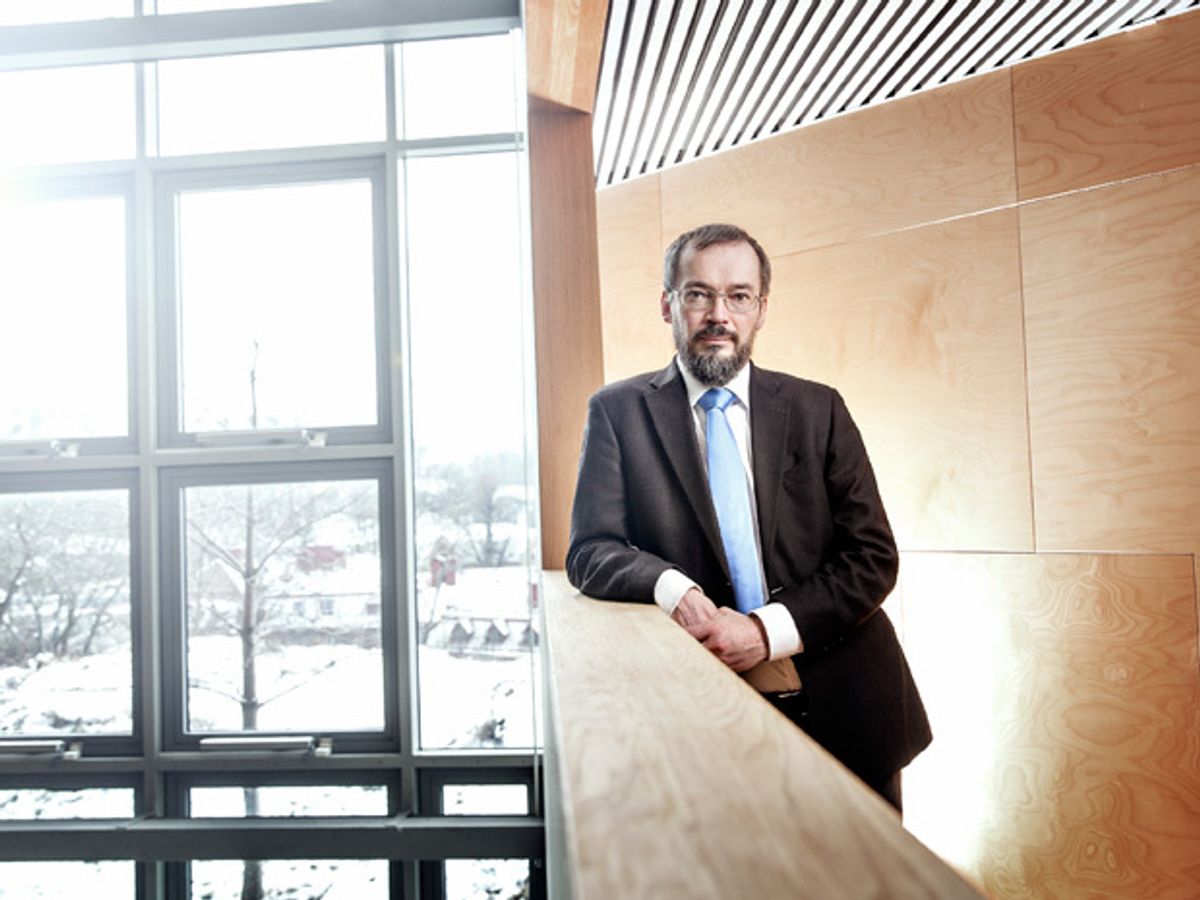The European Commission (EC) last week announced a €1 billion ($1.3 billion) investment in graphene research and development that will be spread over 10 years. The aim of the huge funding initiative will be to smooth the path for pushing graphene from the research lab to the marketplace.
The initiative has been dubbed "The Graphene Flagship," and apparently it is the first in a number of €1 billion, 10-year plans the EC is planning to launch. The graphene version will bring together 76 academic institutions and industrial groups from 17 European countries, with an initial 30-month-budget of €54M ($73 million).
Graphene research is still struggling to find any kind of applications that will really take hold, and many don’t expect it will have a commercial impact until 2020. What's more, manufacturing methods are still undeveloped. So it would appear that a 10-year plan is aimed at the academic institutions that form the backbone of this initiative rather than commercial enterprises.
Just from a political standpoint the choice of Chalmers University in Sweden as the base of operations for the Graphene Flagship is an intriguing choice. One has to wonder whether it was a decision arrived at after pragmatic analysis or whether it was just a demonstration of fairness in the awarding of business meted out by the EU.
With Konstantin Novoselov—who shared the Nobel Prize for the discovery of graphene—on the Graphene Flagship board, you can’t help but ask yourself why this wasn’t all set up at the University of Manchester in the UK. (You can see Novoselov speak during the press conference for the project’s launch in the video below.) The UK government already made a $71 million investment last year to create a “Graphene Hub”. Instead of building on an investment, it appears they just decided to make another “Graphene Hub” somewhere else in Europe.
Of course, I am somewhat dubious that these regionally focused nanotechnology investments will have the desired impact of making the next “Silicon Valley”, or “Graphene Valley” as the case may be. We have seen what happens when a country provides financial support to the basic research, but turns away as soon as the start-ups generated from the research start to struggle: Those struggling startups get bought up by companies in other countries that don’t support the basic research. The fruits of all that national investment are enjoyed by other countries.
This latest funding will likely result in some new research facilities being built. To that extent, we know that this will generate some employment. However, I hope over the 10-year span of the initiative, it will become clear that actually supporting the development of graphene applications does not just involve the supporting of the local construction industry, but also includes funding the small businesses out there trying to bring this technology to market.
Photo: Chalmers
Dexter Johnson is a contributing editor at IEEE Spectrum, with a focus on nanotechnology.



